You’ll simply adore biting into the organic vegetables you’ve grown yourself – all the more because it won’t have cost you any heavy garden work at all! Preparing an organic square-foot vegetable patch is your key to this dream situation.
Actually, even seasoned gardeners implement this technique which makes gardening much easier.
Advantages of square-foot vegetable patches
First of all, let’s be clear: a square-foot vegetable patch is a growing bed prepared from squares that are somewhat higher than your normal garden level. Indeed, this type of vegetable patch looks kind of like a raised garden box in which your vegetables are planted.
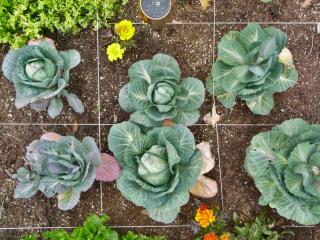
Another advantage of the square-foot organic vegetable patch: it only takes up very little space, so you can fit it right in the smallest gardens easily. Everybody, even persons who don’t have a garden at all, can start growing and eating carrot, zucchini, lettuce, tomato, parsley and other organic vegetables and spices.
As you’ll soon discover, square foot raised beds are versatile and can also be used in much larger gardens, too. This system is sure to mend hurt feelings for gardeners that have previously been very disappointed with past growing failures. With an organic square-foot vegetable patch, everything becomes simple.
How to build an organic square-foot veggie bed
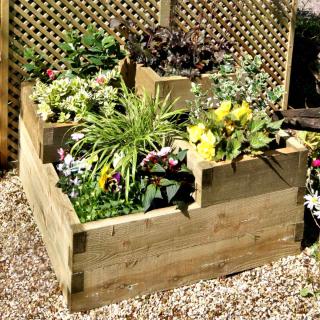
For example, to ensure this stays true, it is recommended not to exceed 40 inches (1.2 meters) to either side for your vegetable patch. You won’t need to reach out to unnatural lengths as you try to grow your vegetables. To prepare the box itself, make your pick: old planks, logs, edges, whatever is about a foot (25 cm) tall will do. Remember you’re working on an organic garden: forget about autoclave wood treated with all sorts of chemicals!
And now for the square foot part! Once again, several options are available: wood strips, string, wire, etc. The goal is simply to mark out mini-plots for your different plants.
To ensure each square foot is the same size, simply:
- Measure the half-way point on two opposite sides of your garden box and attach a piece of wood between them.
- This will give you two rectangles of equal surface.
- To make squares, do the same with the two remaining opposite sides.
- This will give you 4 squares that are still too large at this point.
- Use more wood strips or sticks to divide each of these four squares again into four smaller squares, in the same manner as above.
- Once that is done, you’ll have prepared 16 squares that are roughly 12 inches (30 cm) wide: your square-foot garden!

If this small-scale square-foot garden brought you joy, you can also scale up and prepare more elevated beds to grow even more plants. Simply assemble multiple square-foot organic vegetable patches and align them next to one another. Leave a footpath of about 1 ½ feet (50 cm) between each for you to go around. This will grant you a clean, beautiful, 100% organic award-winning garden!

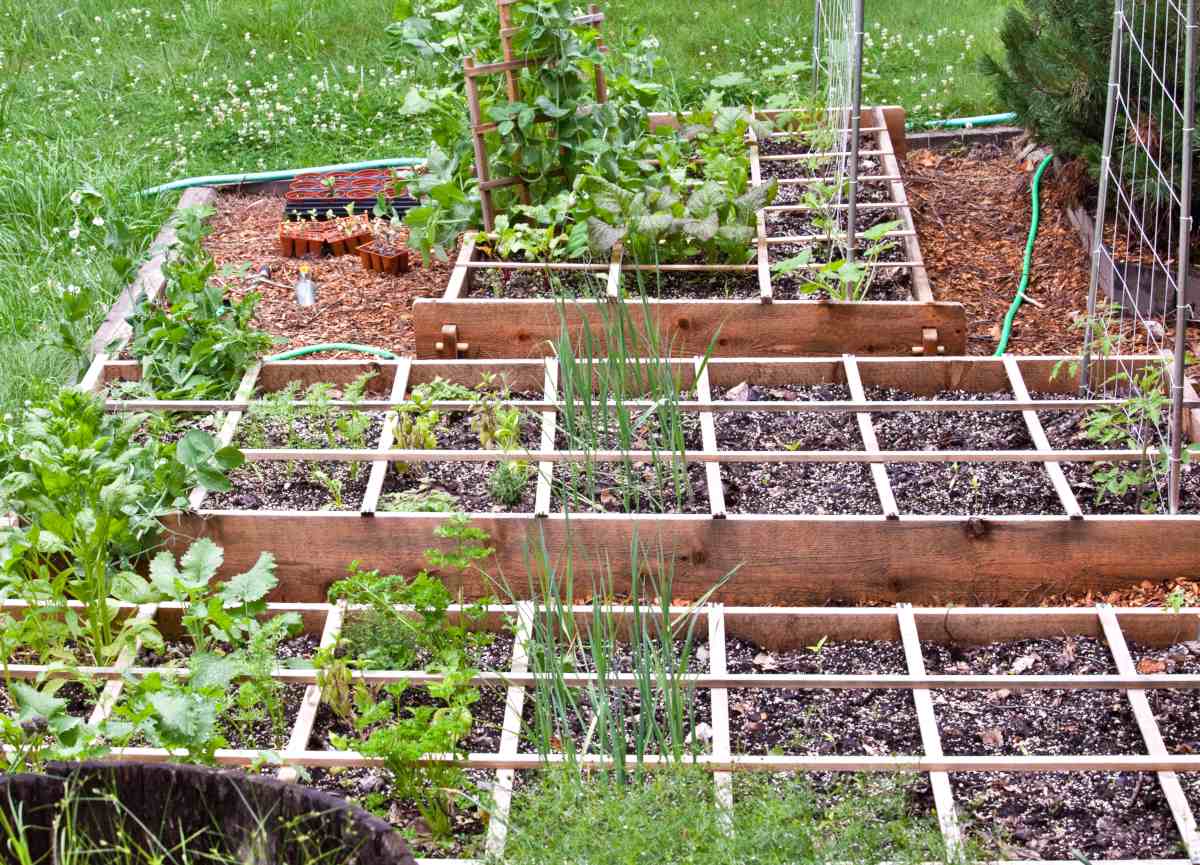
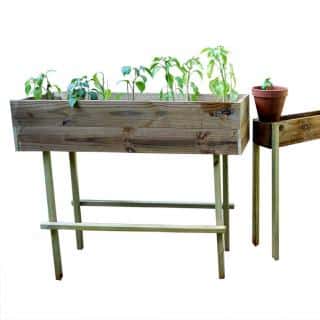

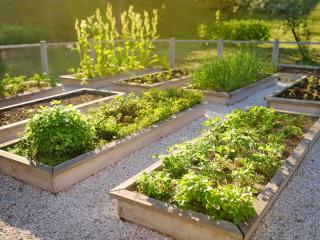
I have a question
Ask my questionI'd like to comment
Post a commentNo comments yet – be the first to share your thoughts!